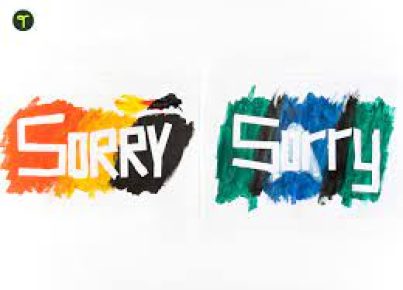As younger generations navigate the complexities of emotional literacy, educators and parents seek innovative tools to facilitate this important aspect of development. A printable resource to assist students in verbalizing their feelings has emerged as a vital aid in this mission, providing a tangible and interactive means for children to express themselves.
When feelings remain bottled up or are expressed in harmful ways, not only does it affect the individual’s mental health, but it can also impact their social interactions and academic performance. A simple yet effective tool, the printable resource can take many forms, such as emotion cards, feeling charts, or journals. These aids are designed with vibrant visuals and straightforward language to help break down the barriers that often keep children from opening up about their emotions.
The use of these printables in a classroom or home setting allows students to point to or articulate what they’re feeling using prompts or images that represent a range of emotions from happiness and excitement to sadness and anger. For instance, an “emotion wheel” can serve as a guide for children to pinpoint the specific nature of their feelings, fostering an understanding that emotions are nuanced and can vary in intensity.
Moreover, these resources often include guidelines and activities encouraging reflection. Children can be prompted to think about what triggered their feelings, how their body reacts to different emotions, and appropriate ways to cope with them. This reflective practice not only aids in emotional verbalization but is also a stepping stone to developing empathy and interpersonal skills.
In summary, printables designed to help students express their feelings are valuable tools yielding several benefits:
– They offer a visual aid facilitating identification and communication of emotions.
– They serve as a prompt for introspection and discussion about emotional experiences.
– They teach children that it is normal to experience a wide range of feelings.
– They contribute to building healthier coping mechanisms.
– They help create a supportive environment where emotional expression is normalized rather than stigmatized.
Incorporating such tools into educational curricula establishes emotional literacy as a priority, much like reading or mathematics. By validating children’s feelings through structured support systems like printable resources, society takes another step towards nurturing well-rounded individuals capable of understanding not just the world around them but also the complex world within them.





